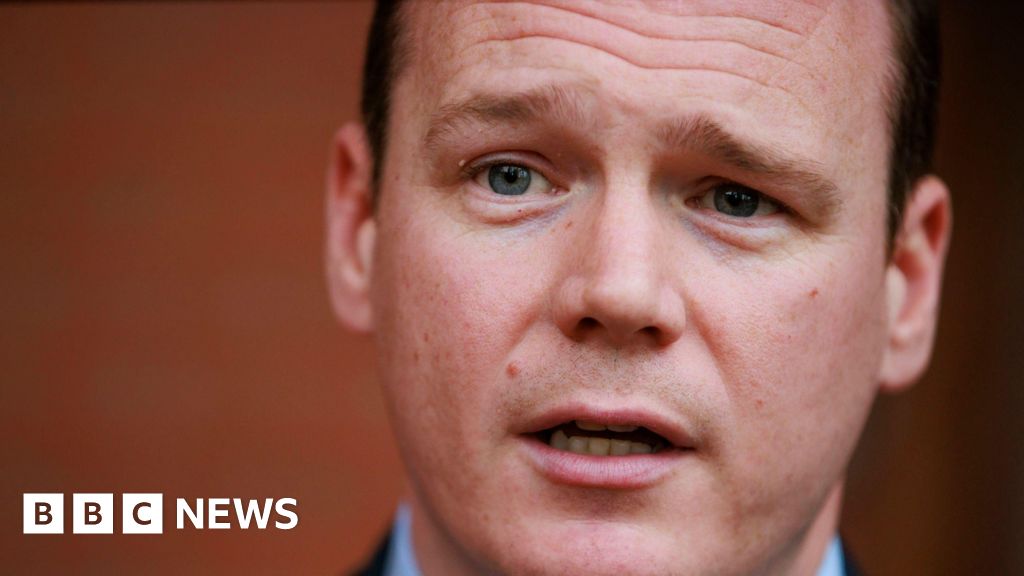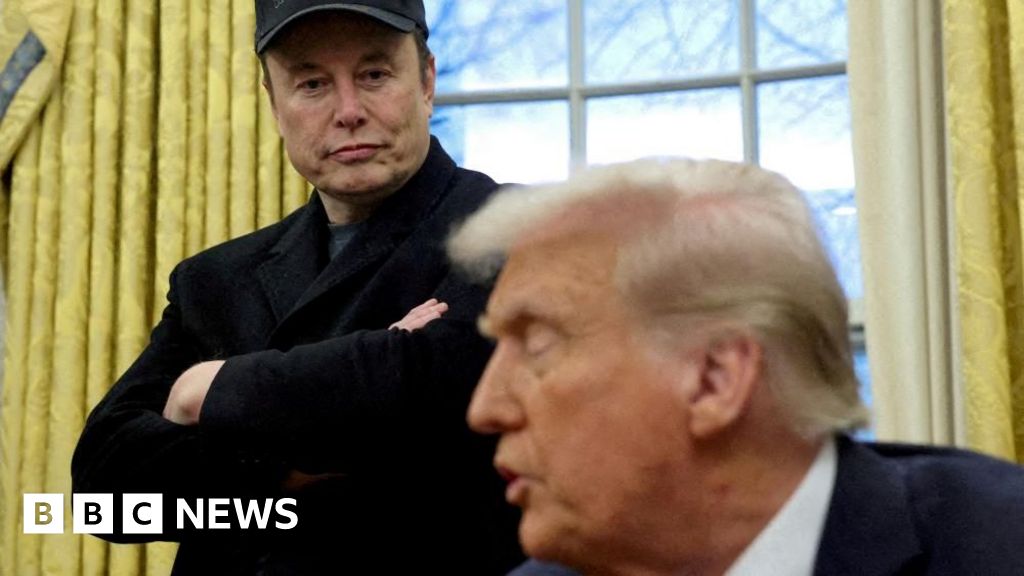Deshnee Naidoo has spent her career climbing the ladder in mining and feels the mindset change towards women has been “phenomenal”.
But lately, the former head of Vale Base Metals, a nickel and cobalt producer, has noticed a worrying backlash. When candidates from diverse backgrounds secure jobs, some men in the industry have started using the acronym DEI — diversity, equity and inclusion — in a derogatory reframing: “Didn’t Earn It”.
“I am hearing more anti-wokeism voices. The jury is still out on this one, whether it’s going to grow,” says 48-year-old Naidoo. “We are always taken back to the way things were rather than where they need to go.”
Naidoo’s experience points to how a transatlantic backlash to diversity initiatives — in which high-profile conservatives have criticised schemes such as bias training, or targeting under-represented groups in recruitment — threatens efforts to narrow inequalities between men and women. In mining, one of the industries furthest behind on gender equality, the risk of reversing hard-won gains is especially stark.
“Globally we’re seeing this Andrew Tate effect, where men are taking back power,” says Stacy Hope, managing director of advocacy group Women in Mining UK, referring to the self-described “misogynist” social media influencer. “We need to bring men along on the journey to make sure they become allies.”
A belief that women are being promoted based on gender, rather than ability, has permeated to middle management and boardroom level, according to some female leaders. Naidoo says she has been accused of being “too aggressive and pushy”. “At the executive level, despite the champions we have . . . we just look so far from what we need to look like,” she adds. “The industry still looks like yesteryear at the top.”
Mining has made notable progress on gender equality over the past decade. The number of female directors at the 500 largest mining companies jumped from 4.9 per cent in 2012 to about 18 per cent in 2022, according to White & Case, a law firm.
One of the most high-profile female executives in mining is Australia’s richest person, Gina Rinehart, the owner of an iron ore empire that has introduced pink mining trucks to raise awareness around breast cancer.

But the industry is far from parity. Of the top 100 mining groups, 16 still had no women on their boards and one in four of the largest 500 companies had none, the 2022 White & Case figures showed. Diversity at “junior” mining companies, which explore and develop mines and make up the majority of the industry, is still woeful.
The struggle to recruit women comes as the mining sector — crucial to producing the raw materials for the international shift to clean energy — is struggling to attract the most talented staff. Young people, say executives, are increasingly more interested in becoming data engineers than mining ones.
A survey of mining industry leaders by consulting firm McKinsey found that 71 per cent said talent shortages were holding them back from delivering on production targets and strategic objectives. Another survey by PwC found that two-thirds of leaders expected skills shortages to have a big impact on profitability within the next 10 years.
A particular challenge of the extractive industries is location: mines are often in remote spots around the world. At times, the rural communities they are in have different norms to western companies, putting female workers at risk of gender-based violence or local backlash.
To align with the interests of a new generation, the industry is hoping to position itself increasingly as a technology and data-driven business that does not necessarily involve getting mucky in pits or going deep underground.

“I hate when people talk about our industry as heavy industry,” says Hilde Merete Aasheim, who last month ended her five-year term as chief executive of Norsk Hydro, Europe’s largest aluminium producer. “That’s an old word, it’s not about raw muscles any more. It’s really high tech.”
Hope says a perception of mining as a “boys club” has not done it any favours in attracting women. The industry, she says, needs to become “visible” to young people, including as a sector essential to meeting green targets, such as restricting emissions to limit global warming to 1.5C.
“We need young people who are innovating with AI and digital toolsets,” she says. “We’re not doing a good job to make it the industry that needs young people and diverse talent to drive that change.”
Management scandals have not helped that reputation. A 2022 report into workplace culture at British-Australian mining group Rio Tinto discovered bullying and sexism were “systemic” across its worksites, a finding its chief executive Jakob Stausholm called “deeply disturbing”. Rio has now tied executive pay partly to performance on gender diversity and will release results of another review this year.
Elizabeth Broderick, the former Australian Sex Discrimination Commissioner who led the Rio report, says discriminatory incidents in mining were “not isolated workplace grievances” but “symptoms of a permissive culture”.
The situation across the industry is improving in some ways, however. The new amendment to the Sex Discrimination Act in Australia is a “game-changer” in making employers responsible for not just responding to grievances but taking preventive action to create inclusive workplaces, says Broderick.
Aasheim of Norsk Hydro is one woman to have benefited from supportive male leaders throughout her career, which began in a bakery as a teenager. “I have never applied for a job,” she says. “But I have gotten lots of opportunities because I’ve had key leaders that have seen my potential and challenged me on what I could do . . . As leaders, we have to be active.”
But in the face of a backlash against DEI, some say executives need to take a more proactive approach to embed support for women’s advancement across the workforce.
“We need to listen to men’s concerns about the changing workforce demographics and ensure that their fears are heard and addressed,” says Broderick. “Organisations that are increasing the representation of women are working [not only] to change mindsets and behaviours but also to embed everyday respect into their systems and structures.”
Additional reporting by Nic Fildes
Credit: Source link










